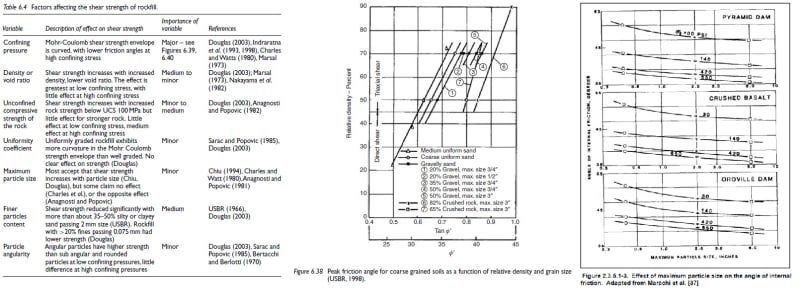I'm open to discussing the bridge lift. Working for a highway agency, we are all involved in the preliminary engineering for new projects. For the case of an embankment, we may test the strength of foundation soils and the proposed embankment fill. We may assume ground water table and run slope stability.
Then construction begins. Somebody authorizes a bridge lift on wet subgrade. To what extent would this affect the slope stability parameters considered in preliminary engineering. 2 percent? 10 percent? Would it make a critical circular failure evolve to a critical wedge failure?
Just what uncertainty does the bridge lift add to the engineering analyses?
I just don't like them, but. . .
f-d
ípapß gordo ainÆt no madre flaca!
Then construction begins. Somebody authorizes a bridge lift on wet subgrade. To what extent would this affect the slope stability parameters considered in preliminary engineering. 2 percent? 10 percent? Would it make a critical circular failure evolve to a critical wedge failure?
Just what uncertainty does the bridge lift add to the engineering analyses?
I just don't like them, but. . .
f-d
ípapß gordo ainÆt no madre flaca!


